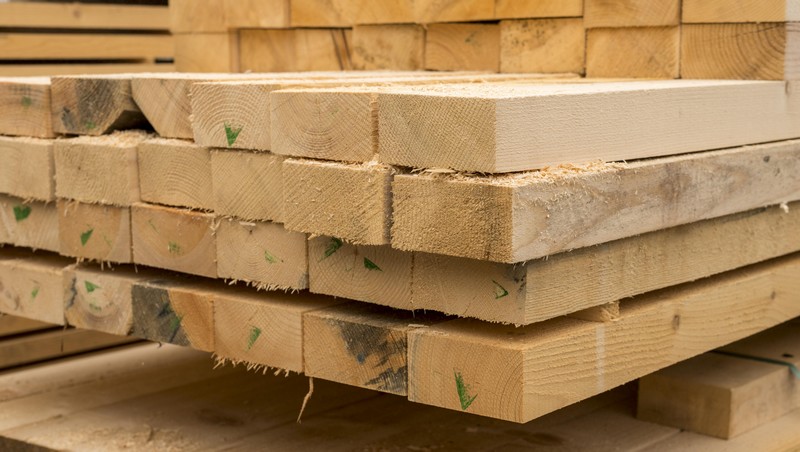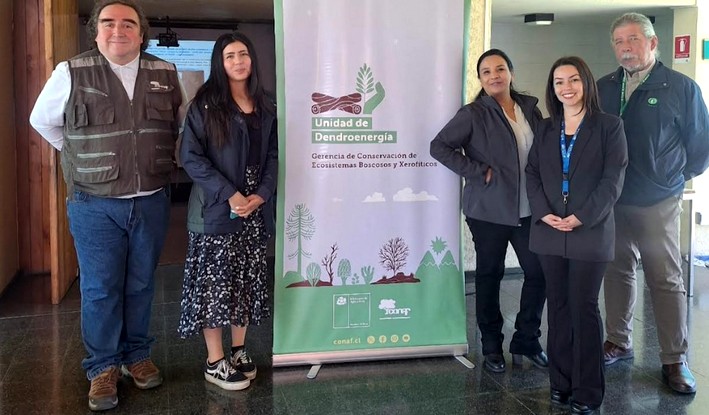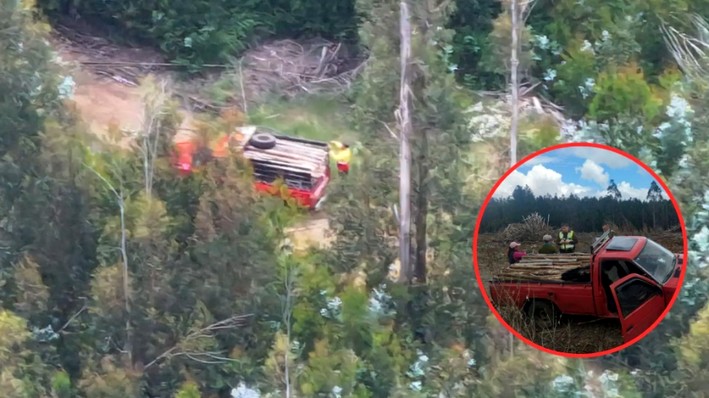Southern regions of Chile lead in self-consumption of forestry by-products
The southern regions of Chile are setting the standard in the management of forestry by-products, according to the latest available data from Infor. In a context of a generalized decline in volumes allocated for commercialization and self-consumption, the regions of Maule, Ñuble, Biobío, and La Araucanía stand out for their high level of self-consumption, which represents a significant portion of the national total.
On the other hand, the Metropolitan, Magallanes, and Aysén regions show the lowest volumes, which is associated with less intensive forestry industrial activity.
The Biobío region has a total volume of wood by-products of1,586,585 m³, making it one of the areas with the highest activity in this sector.
- Commercializes: 841,067 m³ (53% of the total) → Most of the by-products are sold, indicating a strong market for the reuse and sale of wood-derived materials.
- Self-consumption: 715,188 m³ (45% of the total) → A significant percentage is used locally, whether for heating, construction, or productive activities, which may reflect a sustainability and resource utilization strategy.
- Gives away: 1,675 m³ (less than 1%) → Only a fraction is donated or given away, indicating that this type of distribution is not a common practice in the region.
- Accumulates: 17,450 m³ (1% of the total) → A small amount is stored without immediate use, which could create opportunities for waste management optimization or new recycling strategies.
For 2023, a decline has been recorded in the amount of by-products allocated for different uses compared to the previous year. However, there is a notable exception: by-products given away as gifts have seen a 31.1% increase, rising from 48,622 cubic meters to 63,726 cubic meters.
This phenomenon is particularly evident in the Aysén region, which not only leads in gifts but also in the accumulation of by-products relative to its total production.
The report suggests that regional differences in forestry by-product management could be influenced by factors such as the scale of industrial activity, local policies, and community traditions.
These findings are crucial for understanding the dynamics of the forestry industry in Chile and for implementing sustainable resource management strategies.

















